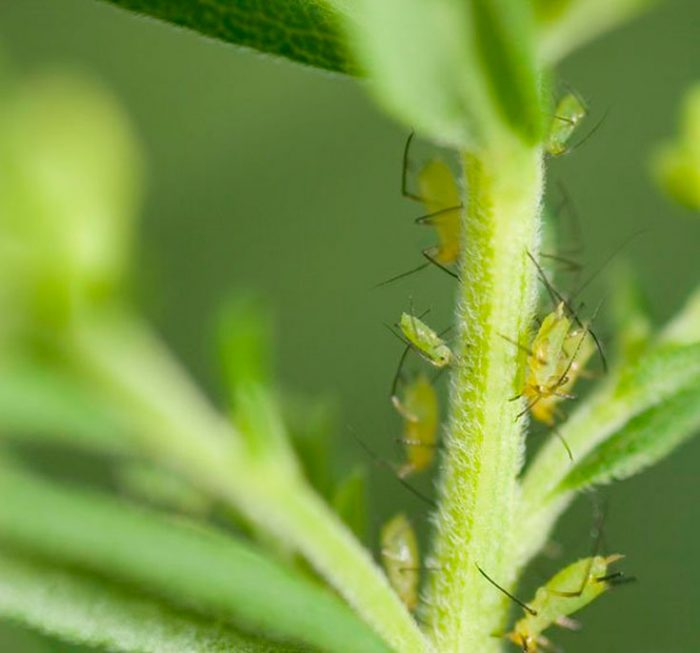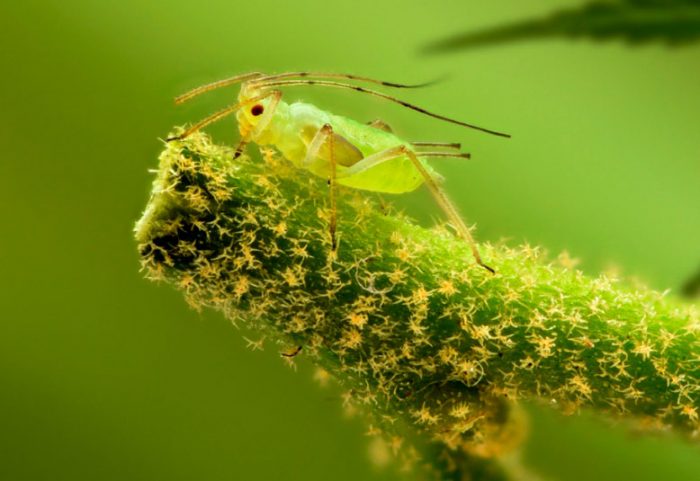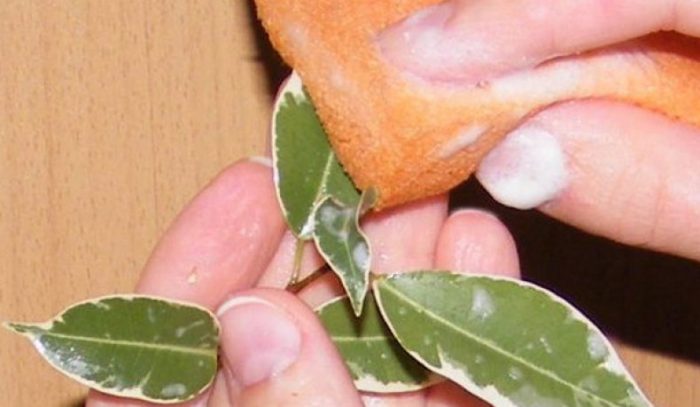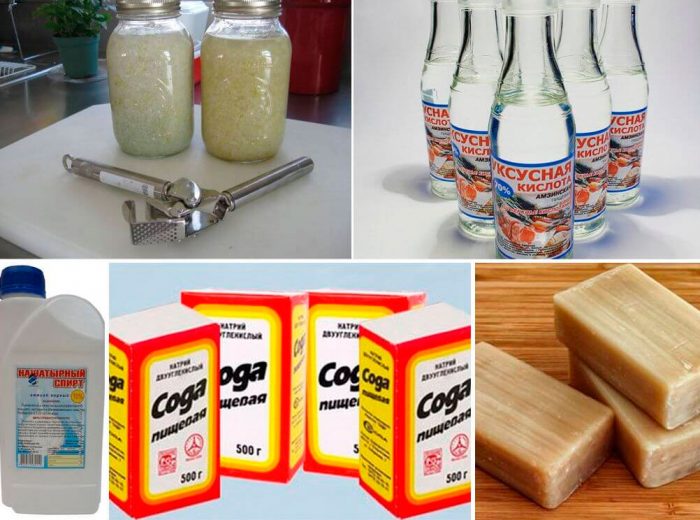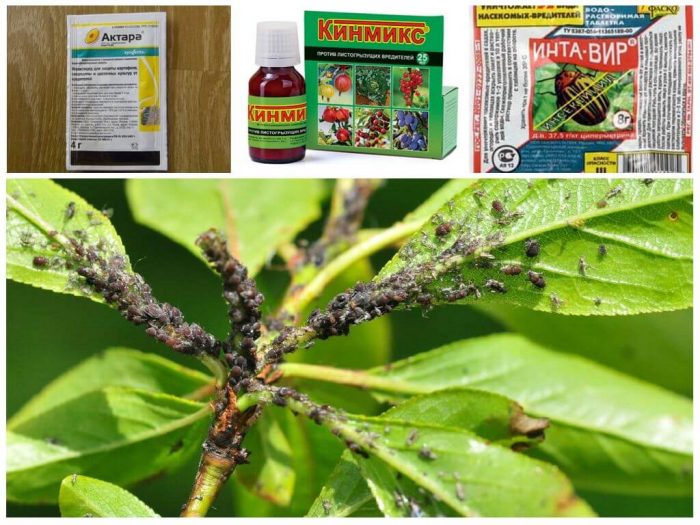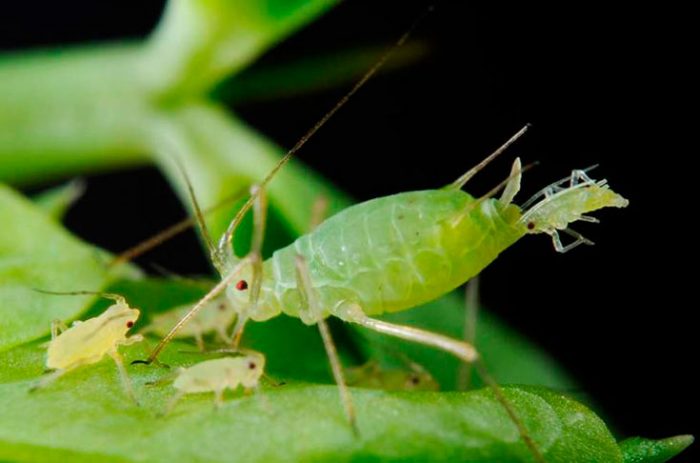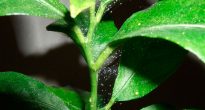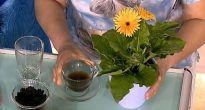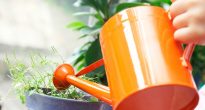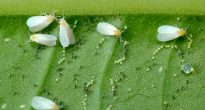Any florist, whether he is a beginner or an experienced one, makes a lot of effort so that indoor flowers grow and develop normally and at the same time are healthy and beautiful. However, it happens that pests settle on the bushes, because of which their decorativeness suffers, and because of them, the plants can become very sick, and in some cases even die. Aphids are one of the most common harmful insects. Therefore, often a grower may have a question, how to quickly eliminate aphids that have appeared on a home plant? The most effective and safe methods will be described below.
Content
Features of aphids
Aphid is a small insect with an elongated body, long legs, while its abdomen is wide and pointed. Most often, white aphids settle on domestic flowers, however, there are many other species, both wingless and winged. The insect can be colored green, pink, pale yellow and black. Although aphids may differ externally, they harm indoor flowers equally strongly. Such a pest makes a puncture in the shoot or leaf plate and sucks out the plant sap, which weakens the flower.
The pest is distinguished by its ability to rapidly adapt to any habitat, as well as incredibly fast reproduction. It forms entire colonies. Only one female is able to lay up to 100 larvae, and each of them becomes an adult in just half a month. The winged aphid is engaged in discovering and capturing new places suitable for life and nutrition, and the function of the wingless is to reproduce offspring. Most often they settle on buds and young shoots, and they can also be found on the seamy surface of the leaf plates.
Where does aphid come from
Many growers do not know where aphids can appear on a home flower? This can happen for a variety of reasons. For example, a winged female may well fly into an open window or balcony. And an insect can get into the house on the fur of a pet, or even a person himself can bring it on his clothes or on other things. Aphids can be found on a recently purchased flower or on a bouquet given to you, and they are also sometimes present in the substrate used for planting or transplanting flowers. There is a high probability of the appearance of aphids in the event that in the warm season you carry flowers outside, and then, with the onset of cold weather, bring them back into the house.And there are also such species of ants that like to feast on excess juice sucked out by the pest (honeydew), and it was noticed that they themselves transfer aphids to various plants.
Preventive measures:
- In order to prevent the appearance of aphids on their "green pets", it is recommended that newly purchased plants be quarantined. To do this, they are kept away from other flowers for a while. It is also recommended for this plant to have a warm shower.
- The soil mixture that you are going to use for planting or transplanting must be placed in the freezer for a while. Strong cold is able to cleanse the substrate from both adults and larvae.
The main signs of aphids
In order to quickly get rid of aphids, you need to find them as quickly as possible and immediately start fighting them. For this, it is recommended that you systematically inspect your home plants. If you are lucky enough to find aphids when there are still very few of them, then all you need to do to get rid of them is to crush the adults, as well as all the larvae. If possible, cut and destroy the affected parts of the bush. But in the case when there are a lot of pests on the plant, more effective ways will be needed to get rid of them. There are several signs by which you can tell that there is aphid on the flower:
- The plant becomes less attractive and sickly.
- On the surface of the above-ground part of the bush, you can find very small punctures that aphids leave in the course of their life.
- The surface of the stems and foliage from the honeydew becomes sticky, their color gradually changes to black, they curl up and dry out.
- Shrinking and deformation of the opened buds is observed, they rapidly fade and fly around.
- Ants can be found near the affected plant, which seek to get their favorite treat.
Aphids can be very harmful to any house flower. This pest is considered one of the main vectors of viral and fungal diseases. For example, in areas where honeydew appears, a sooty fungus forms. The greatest danger of aphids is for indoor crops such as: orchids, roses, fuchsias, hyacinths, palm-like, hibiscus, chrysanthemums, spathiphyllums and cyclamens.
As soon as aphids are found on the plant, it should be rearranged away from other flowers so that pests cannot settle in them. After that, you can start fighting insects.
Ways to combat aphids on indoor plants
To save the houseplant on which the aphid was found, it is necessary to start fighting this dangerous pest as soon as possible. To get rid of it, you will have to spend a lot of time and effort, but this is not so difficult to do. For this, flower growers use various means, which can be divided into three categories, namely: chemical, mechanical and folk. There is also a radical way, for this they completely destroy the flower that the aphid has inhabited, if there is no chance to save it.
Most often, at the beginning, a mechanical method is used, after which folk remedies are used. If these methods turn out to be ineffective, then they resort to the use of special chemicals that can eliminate aphids very quickly, with both adults and larvae. To increase the effectiveness of a chemical preparation, they not only treat the bush itself, but also spill the substrate in the pot. Such a measure is justified if white aphids have settled on the bush.
Mechanical method
The mechanical method of cleaning the bush is effective only if there are very few harmful insects on it. To do this, it is necessary to cut off all the affected parts of the flower, if possible, and you should also arrange for him a daily shower until the aphids completely disappear.
The most effective will be a shower using laundry soap, because such a pest does not like it extremely. It's important to get it right. First, prepare a soapy solution by combining water and soap in a 6: 1 ratio. Wear rubber gloves to protect your hands. Soak a piece of cloth in soapy water and wipe off affected buds, shoots, and foliage, taking care to remove any insects. After that, the bush is washed under running water. This procedure, if necessary, can be carried out regularly until the pests remain on the flower. However, make sure that the soap solution does not get into the substrate. During processing, remember that often the larvae of aphids are in hard-to-reach places, so it is imperative to inspect each leaf and bud, while cutting and destroying those with the pest.
The same mechanical method is the treatment with medical alcohol. It cannot damage the sheet plates because it evaporates almost immediately after application.
Folk remedies
Often, folk remedies are ineffective in the fight against aphids. However, when there is still very little of it on the plant, then they may well help get rid of it. Many gardeners choose folk remedies because they are environmentally friendly. There are many time-tested tools, for example:
- Tobacco... Water must be combined with tobacco in a ratio (2: 1) and mixed well. The infusion will be ready after two days; all that remains is to strain and dilute with water (1: 1). The product can then be used to treat home flowers. Be extremely careful, the infusion should not get into the substrate, as this can damage the root system. In this regard, it is recommended to cover the surface of the soil mixture during processing.
- Garlic... 30 grams of unpeeled garlic cloves must be chopped to a mushy state using a blender or meat grinder. The mass is combined with a liter of water and removed to a dark place for infusion for 24 hours. The infusion must be combined with a small amount of soap crushed on a grater. You need to process the affected bush 2 or 3 times with a break of 5 days.
- Lemon (orange) peel... Take 100 grams of lemon or orange peels and combine them with not too much water. Place the mixture in a warm place for three days. When the infusion is ready, they need to process the flower.
- Red hot pepper... 100 milligrams of water is combined with 50 grams of crushed pepper. The mixture should boil over low heat for 60 minutes. After that, it is left for a day for infusion and filtered. To prepare the solution, you need to combine 10 liters of water with 10 milligrams of broth.
- Wood ash... To prepare a solution, you need to combine 50 grams of crushed or liquid soap, 500 ml of wood ash and 1 bucket of water. After the solution has been strained, you can spray the bush with it.
- Mustard... Dissolve 10 grams of dry powder in a liter of water. The mixture is removed for two days for infusion. When it is filtered, you can start processing. If there are a lot of pests, then the infusion can be used not diluted, and in other cases it must be combined with a not very large amount of water before processing.
- Needles... A couple of liters of water are combined with 0.4-0.5 kg of pine or spruce needles. The infusion will be ready in a week. It is filtered and diluted with water in a ratio of 1: 7. To completely get rid of pests, it is necessary to spray the plants several times with a break of three or four days.
- Celandine... A liter of water is combined with 350 grams of fresh celandine or 150 grams of dry, the grass must first be crushed. The mixture is removed to a dark place for 24 hours. The affected flower is treated three times.
- Tomato tops... Combine a liter of water with half a kilogram of chopped tops. Boil the mixture over low heat for half an hour. Remove the broth to a dark place and wait until it cools completely.During processing, 3-4 mg of liquid soap can be poured into it.
It was noticed that the smell of geraniums and marigolds repels such a pest. In this regard, it is recommended to place such a plant in a pot near the affected flower. Aphids also do not like the aroma of dill, parsley and mint.
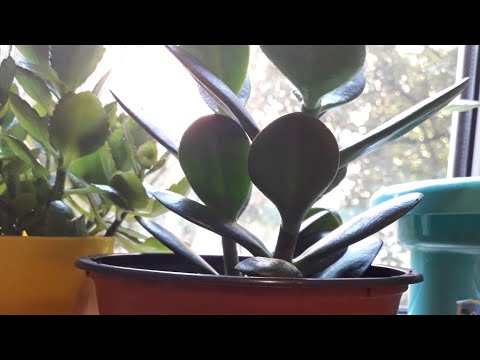

Watch this video on YouTube
Chemicals
Chemicals in the fight against aphids are recommended to be used only when folk remedies have proved to be ineffective. Among the variety of drugs, there are both gentle and aggressive. For example, the mineral oil "Preparation 30 Plus" does not harm flowers at all.
The choice of the drug is influenced by the level of infestation and the number of pests. In the fight against aphids on domestic plants, you can use: Iskra, Decis, Akarin, Konfidor, Fitoverm, Neoron, Inta-vir, Aktellik, Karate and others. When using Confidor, Aktellik and Karate, you need to take into account that they have an extremely unpleasant odor, in this regard, spraying is carried out in a well-ventilated room. Processing should be carried out in a warm place (21 to 25 degrees). In a cooler room, drugs will not be as effective.
When using insecticidal agents, you must be extremely careful:
- there should be no animals and children in the room;
- read the instructions on the package before processing;
- put on gloves and a respirator;
- Treat both diseased and healthy bushes.
Before spraying, the foliage and shoots are wiped with a damp cloth or washed with soapy water. As a rule, after the first spraying, only adults die, and the larvae remain. In this regard, several treatments from 2 to 3 will be required with a break per week. If a certain drug does not give the desired result, it should be replaced with another, because the aphid very quickly gets used to the same insecticide.
Prevention
Conduct a systematic examination of indoor plants, while especially carefully examining diseased and weakened bushes. And:
- ventilate the room regularly, as aphids love stuffiness;
- systematically moisten the bushes with a sprayer and sometimes give them a warm shower;
- you should be alerted by the appearance of ants in the room;
- send all new flowers to quarantine;
- for prevention, systematically treat plants with one of the folk remedies.


Watch this video on YouTube

